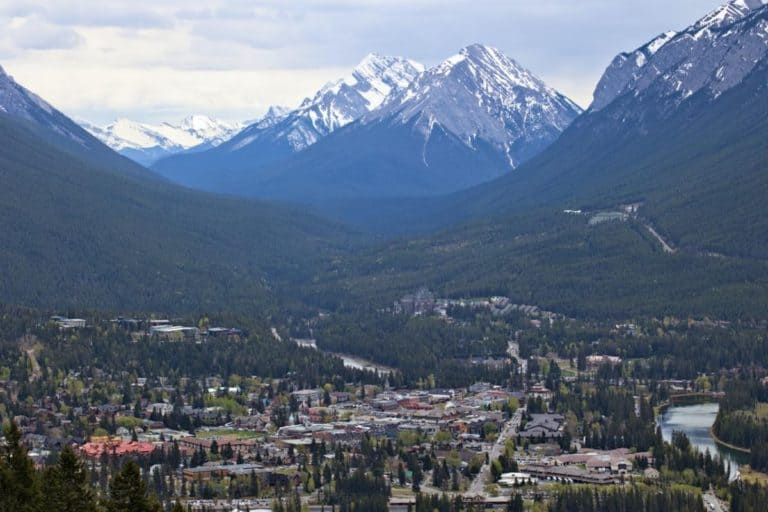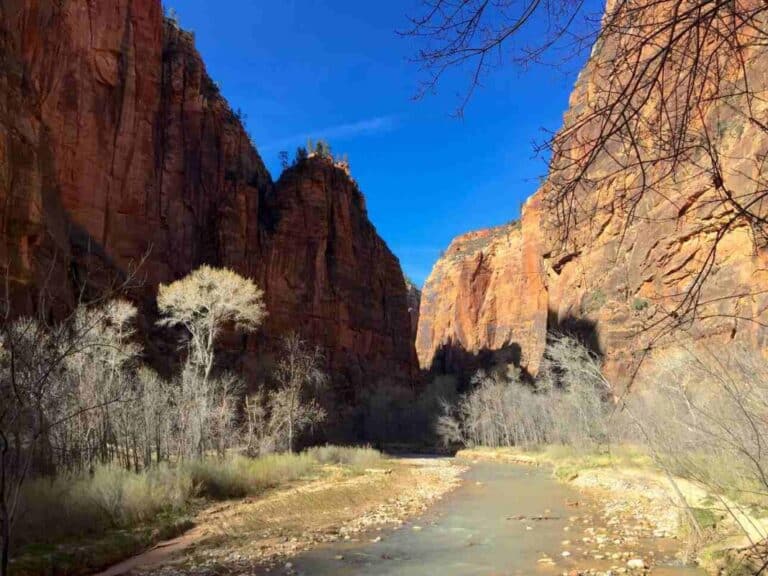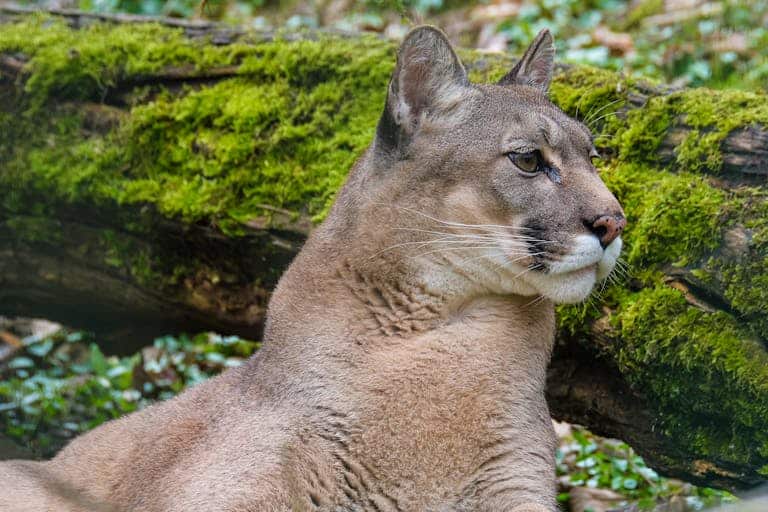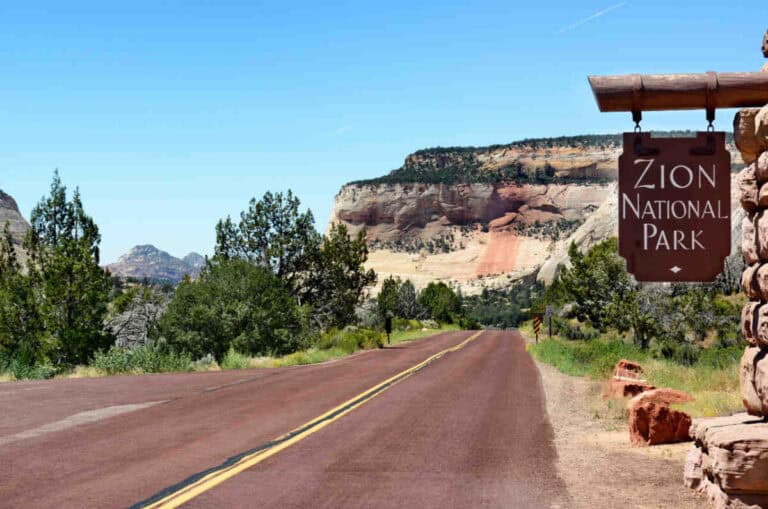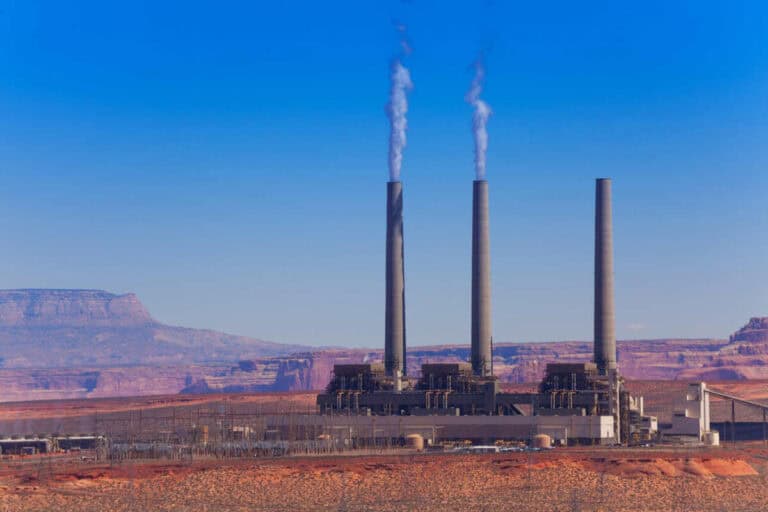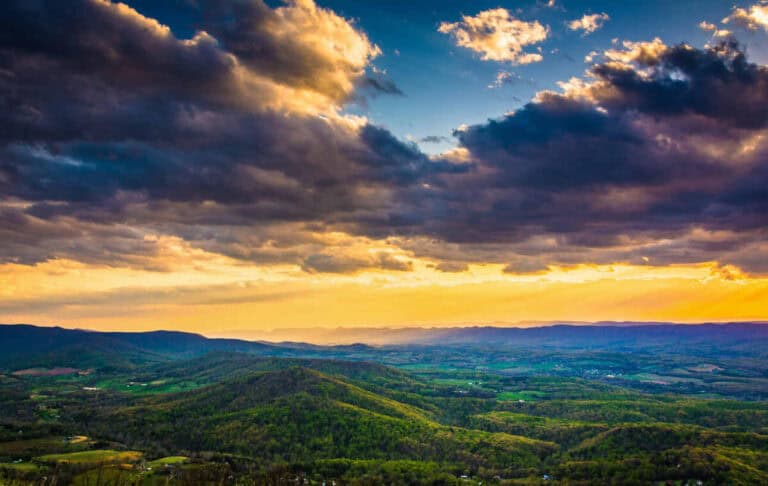National Parks Face Dangerous Heat Surge That Could Put Visitors at Risk
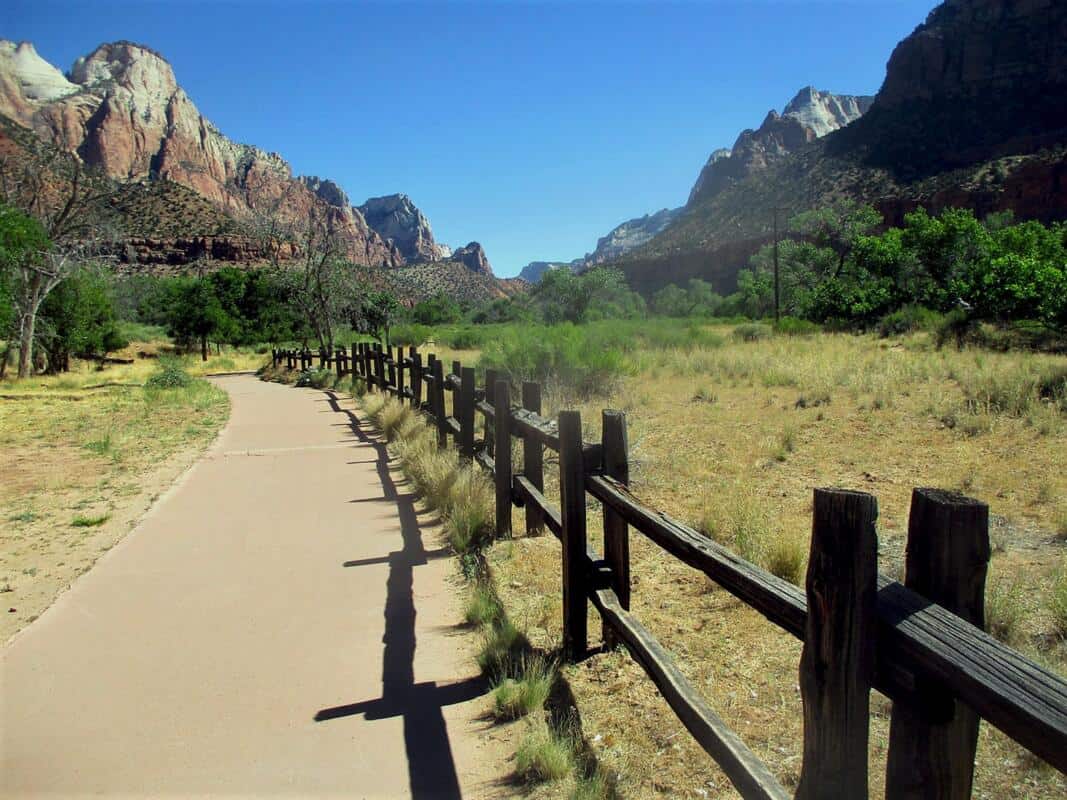
America’s national parks are heating up at an alarming rate, creating potentially dangerous conditions for the millions who visit these natural treasures each year.
A new analysis by Climate Central, a nonprofit climate science organization, reveals that areas managed by the National Park Service are warming nearly twice as fast as the national average. If current trends continue, parks could see five times more extremely hot days by 2050.
Climate change is rapidly transforming our national parks into increasingly hazardous environments for visitors, writes Climate Central in their comprehensive report examining heat trends across America’s protected lands.
Extreme heat
‘Extremely hot days’ – those with temperatures exceeding the 99th percentile of historical records – are projected to increase dramatically. Yosemite National Park could experience 26 such days annually by 2050, while Great Smoky Mountains National Park may see 23 days of extreme heat, up from just three historically.
No park appears safe from this warming trend. Even parks expected to see smaller increases, like Mount Rainier in Washington and Badlands in South Dakota, could still experience 12 to 24 more extremely hot days each year.
“Many tourists appeared to be unprepared for the proliferation of hot and humid conditions, particularly in the spring and fall months”, the report notes, pointing to a 2023 study that found a direct link between rising temperatures and heat-related illnesses at Grand Canyon National Park.
Water stations
The National Park Service is responding by installing water stations, building shaded rest areas, and issuing weather guidance, but experts warn these measures “may not be sufficient if visitors are not acclimated to high heat.”
According to the Centers for Disease Control and Prevention, about 702 people die from heat-related causes in the U.S. annually, with several deaths occurring in national parks. The most serious risk comes from heatstroke, which happens when the body overheats and cannot cool down effectively.
Beyond direct health impacts, the rising temperatures trigger additional dangers including melting glaciers, increased wildfire activity, tree mortality, and vegetation loss – all compounding the risks faced by park visitors and staff.

